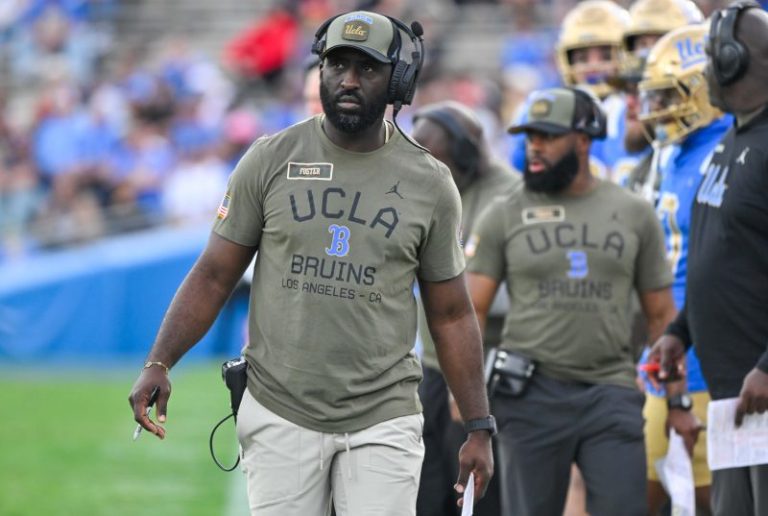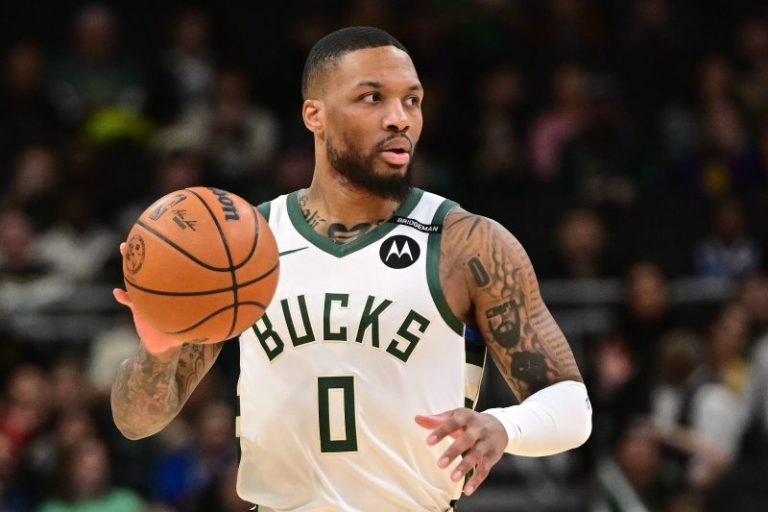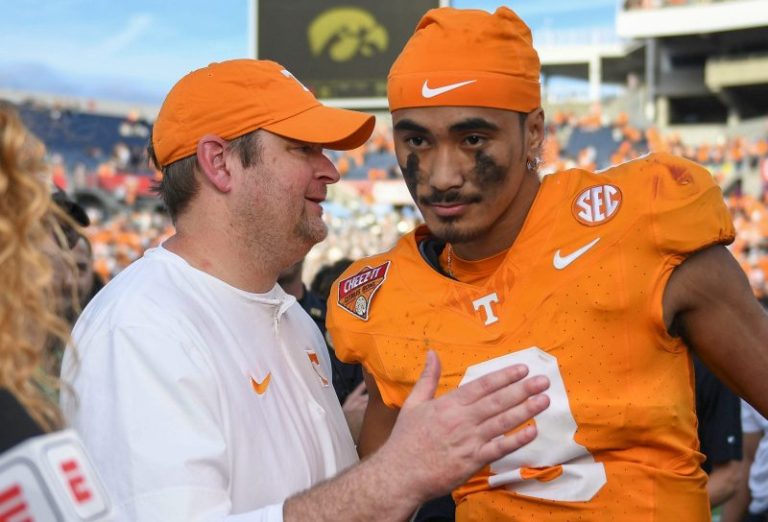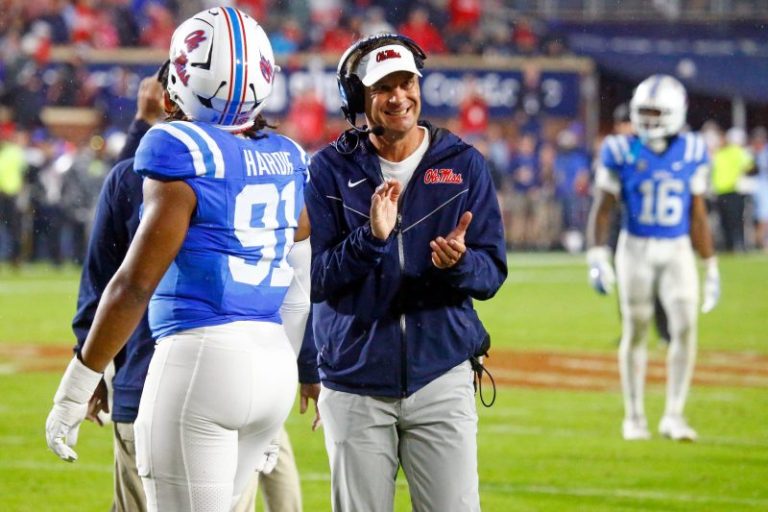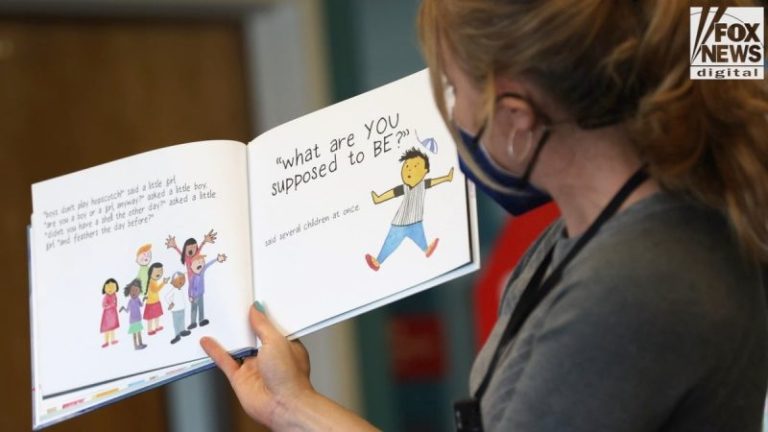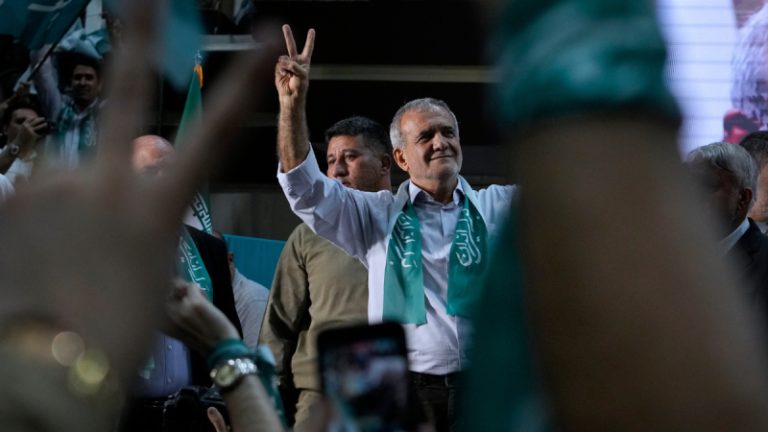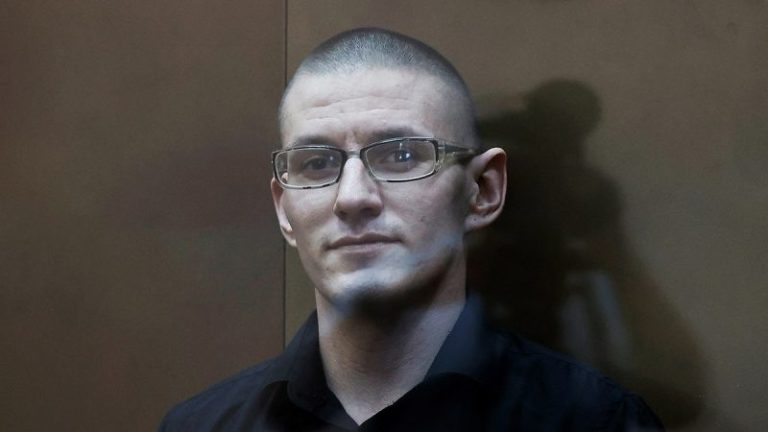Lane Kiffin once craved a statue. Now, the Ole Miss football coach quests for peace and emotional sobriety. But, can his career also reach new heights? ‘What’s to say you can’t do both,’ he says.
Lane Kiffin’s dad was his hero. Monte died last July. His legacy inspires Lane, but his passing left a void.
Lane Kiffin describes 2024 as a harsh year for him, but having so much of his family nearby helps him progress.
Kiffin has been thinking since we last spoke 12 days previously. Among the topics on his mind: rocking chairs. They’re a symbol for the evolution he sees in his life.
In Kiffin’s five years coaching Mississippi football, he’s changed his views on these quintessential furniture pieces that populate Southern verandas and living rooms. When Kiffin arrived in charming and cozy Oxford, he considered the idea of rocking in place maddening.
Like, why would someone sit and do nothing but rock back and forth?
“That seems miserable and a waste of time,” Kiffin remembers thinking, “sitting in a rocking chair and just having a conversation with somebody and watching people drive by.”
Kiffin, 49, spent much of his career speeding toward what’s next. Next opponent, next job, next big move.
Kiffin says his years coaching Ole Miss have changed him – that he needed this place more than it needed him, that he needed to slow down, recalibrate, find some peace and relish the moment.
He credits former girlfriend Sally Rychlak, with whom he enjoyed a four-year relationship that ended last fall, for teaching him the ways of Mississippi and how to be more caring and engaged with fans he encountered. The outpouring of remembrances after his dad, Monte, died last summer showed Kiffin that a man is remembered more for the lives he affects than his win-loss record.
Kiffin absorbs all of this as he continues the evolution of “becoming the higher version of myself.”
Kiffin is a former hotshot wunderkind, turned Tennessee renegade, turned fired coach in need of a Nick Saban life raft.
At Ole Miss, he found sobriety, improved his diet and prioritized his health and wellness. He also attained a professional peak, notching 21 wins the past two seasons after he eschewed Auburn and stayed at Ole Miss.
Oh, and he got some rocking chairs, too. Two rockers reside on his Ole Miss office balcony. Kiffin and his son, Knox, rocked for a spell in the sunshine on a recent Friday.
“People slow down, and they have an appreciation for what they have, instead of always chasing,” Kiffin says. “That has really hit me of where you can find some peace. You can find some rhythm and some peace.”
Peace, though, does not always exist uninterrupted.
Lane Kiffin’s highs of 2023, followed by painful 2024
Kiffin counts 2023 “one of the best years in my life,” personally and professionally. He won a career-high 11 games, and Ole Miss attained its best season since 1962. His family life was going strong, and he was in “a wonderful relationship” with Rychlak.
As the calendar rolled to 2024, the hype for Ole Miss cooked to a boil after Kiffin meticulously assembled his best roster. He had a proven quarterback, skilled wide receivers and the best defense the Rebels had seen in many years.
Could Ole Miss qualify for the College Football Playoff? Contend for a national championship, even? All of it was on the table – until it wasn’t.
Throughout a painful year, Kiffin experienced personal loss, plus one too many football defeats to qualify for the playoff.
“This last (year),” Kiffin said, “was really maybe the worst.”
In July, Kiffin’s dad – his hero – died. In September, he and Rychlak decided to end their relationship. In November, Ole Miss suffered a third loss by one score, a result that revoked the Rebels’ playoff spot.
“They say things come in threes,” Kiffin mused.
By missing the playoff, Kiffin said, he felt like he “let down the whole city.”
I asked Kiffin how long it took him to get over last season. He corrected me.
“I wouldn’t say I fully am (over it),” Kiffin said.
Kiffin views life as a journey through various seasons. He describes 2024 as a harsh, bitter winter.
Seasons come and go. A temperate spring can follow a ruthless winter.
“I remind myself it’ll be OK,” Kiffin said. “It will pass.”
Once upon a time, Kiffin desired a statue. Something like the ones outside Bryant-Denny Stadium that honor Alabama’s five coaches who have won national championships.
“I wouldn’t have said that publicly,” Kiffin said, “but it was like, ‘I want to win enough where they build a statue of you. … That means you made it in life.’
“Now, I just want to be a really good neighbor, dad, brother, co-worker, boss. I look at life completely different.”
That begs the question, can this version of Kiffin – the dad who dances in TikTok videos with his daughters, the mentoring boss, the coach who plays pickleball with his players, the guy who tells himself to slow down and embrace the moment and sit in rocking chairs – accelerate his career to unattained heights?
“You know,” Kiffin said, “what’s to say you can’t do both?”
Anyway, he says there’s no turning back. He’s come too far.
Monte Kiffin’s legacy inspires Lane Kiffin
Kiffin tells good stories, and he’s got some doozies about his dad, but the words at first refused to come as he stood at the mic last July. Kiffin exhaled a deep breath, tapped his fingers on the lectern, cleared his throat, bowed his head and wiped each eye. After a minute, he collected himself, ready to speak about his hero.
Kiffin started his eulogy by rattling off the 16 moves Monte made, many with the family in tow, throughout a legendary career coaching in college and the NFL.
“I remember thinking, why are we moving again?” Kiffin said at his dad’s celebration of life. “Why do I have to change friends again, and my mom has to pack?”
After Monte died, Kiffin received calls, texts and letters from people tucked into every corner who wanted to share stories about his dad’s positive effect on their life. He heard from a guy who met his dad at a gas station. Monte chatted with the fella like he’d known him for years. One of Kiffin’s former Little League teammates – Monte coached the team – wrote that Monte was “a special kind of person” who “brought out the best of people,” including the Little League player who struggled to put bat to ball.
Kiffin arrived at a realization.
“We moved,” Kiffin said at the celebration of life, “so that this man could impact people not in one town or one city, but 16 different ones.”
Kiffin subscribes to the belief that you must choose between the pain of discipline or the pain of regret. Monte preached and practiced discipline. As part of his routine, he’d buy a gas station doughnut, take one bite, and throw the rest away – his way of showing discipline, instead of experiencing the caloric regret of eating the full doughnut.
Kiffin lost his dad and a valued co-worker when Monte died. In 11 of Kiffin’s first 12 seasons as a head coach, his dad worked as either an assistant coach, or, later, in an off-field analyst or player personnel role.
“All of a sudden, (before the 2024) season, he’s just gone,” Kiffin said, “and there’s his office that I walk by.”
That office remains filled with Monte’s things.
Monte Kiffin saw son attain ‘emotional sobriety’
As Texas coach Steve Sarkisian put it, Monte “cared for all of those that nobody cared about.”
“That was him,” Kiffin agrees.
Is Kiffin that man? Kiffin is smart and witty and sarcastic. In a profession filled with boring people, he’s a breath of something interesting. But, he’d struggle in a Mr. Congeniality contest. He can be aloof.
Kiffin admits he can’t be his dad, but, he can aspire to be the best version of himself – and he’s grateful his dad lived long enough to see him succeed in those aspirations and achieve “emotional sobriety,” as Kiffin puts it.
“If I wouldn’t have changed, he wouldn’t have seen that higher version of myself,” Kiffin said. “He would have seen me doing well (as a coach), but not being the best that I could be, the best version, and he would say that often. He would say, … ‘I’m so proud of you.’”
Monte, his son says, would appreciate seeing the family together and thriving.
Kiffin’s brother, Chris, is a defensive analyst on his staff. Their backyards butt against each other, creating a space for cousins to play. Landry, Kiffin’s oldest daughter, is an Ole Miss sophomore. Kiffin credits Landry’s urging him to stay at Ole Miss as a reason why he’s coaching the Rebels and not Auburn. Middle child Presley will play volleyball for Southern California. Kiffin’s son, Knox, lived with his mom, Layla, in California, but Knox and Layla will move to Oxford this summer.
Kiffin and Layla were once college football’s “it” couple. They divorced in 2016. Tabloids have speculated about Kiffin and Layla possibly being back together. Kiffin shares these tabloid articles on social media, but, when asked about this subject, Kiffin declines to elaborate. He’ll say plenty, though, about his family life at Ole Miss.
“That helps me, that they’re here, that my family is here now,” Kiffin said, “and then Chris being here with his four kids. That helps a lot.”
Lane Kiffin on growing his Ole Miss appreciation
If you fed Kiffin truth serum several years ago, he probably wouldn’t have spoken so fondly about being at Ole Miss. He’d coached in the NFL and at Tennessee. He’d worked for Saban. He’d lived on each coast. Mississippi stood in contrast.
“At first I was like, man, everybody is slow,” Kiffin said. “It’s like, can we just get through this conversation? Get to the point? And, I was very frustrated.”
Rychlak helped Kiffin see the light. Maybe, the problem wasn’t them.
“She said, ‘You’re looking at this all wrong.’ Why don’t you look at this as, ‘That’s a little thing for you, and a big thing for them when you stop and take some time with them?’” Kiffin said.
She told him, is it so bad to coach where fans care more about college football than they do in Los Angeles or Boca Raton? Also, who says big cities are right about the pace at which life should operate?
The penny dropped for Kiffin.
“They are slowing down,” Kiffin said, “because they are present in their relationships … versus everybody going so fast, moving around.”
Kiffin’s success is undeniable. He’s Mississippi’s best coach since Johnny Vaught. But, has he hit his ceiling there?
“I would say: Maybe,” Kiffin said.
If this answer surprises you, consider the source. Kiffin prides himself in avoiding coach-speak. He’s not saying he’s at his ceiling. He’s not saying he’s not. He’s saying he doesn’t know.
The Rebels went 4-0 in one-score games in 2023. Last year, they lost one-score games to LSU, Kentucky and Florida by 13 combined points.
Kiffin’s latest roster seems built for another winning season, but the talent doesn’t appear to match what he had last season. Maybe.
Now, Kiffin wants to tell me the parable of the Chinese farmer. The gist is this: The farmer keeps answering “maybe” when told about a series of circumstances that most people would judge to be definitively good or bad. The moral of the story is to reserve judgment on whether something is good or bad. Time will tell. Let it play out.
That parable would be well told from a rocking chair, while the storyteller takes his time with the tale and enjoys some peace.
Blake Toppmeyer is the USA TODAY Network’s national college football columnist. Email him at BToppmeyer@gannett.com. Follow him on X @btoppmeyer.
This post appeared first on USA TODAY

